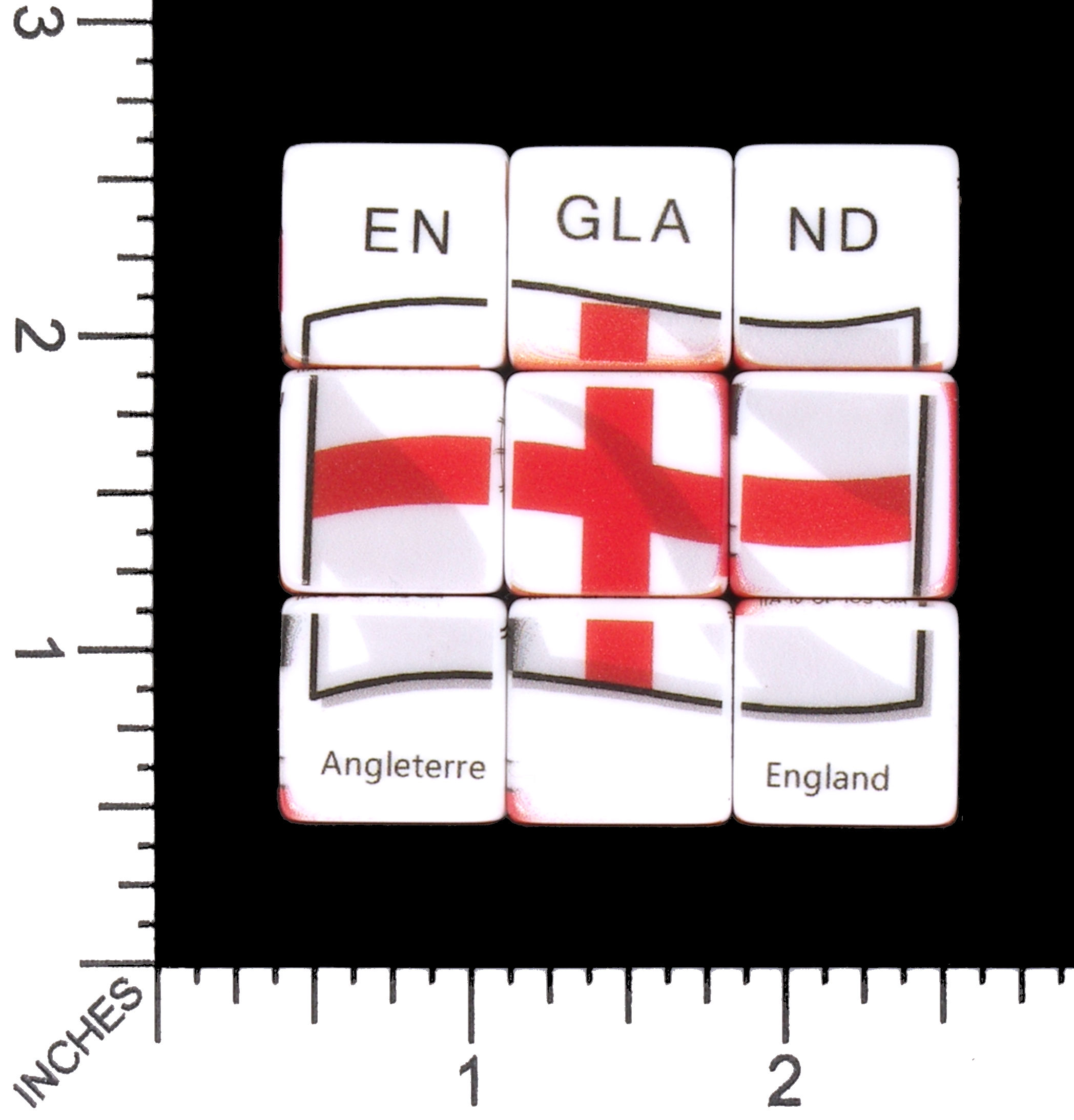

With this method, our 1d8 + 1d6+2 example gets you an expected result of 6 (2+2+2), so if the difficulty you're looking for is 10, you'll want to add 2 dice (of any size) to make up the difference. It may have been Obsidian's Nathan Davis who suggested that you should assume every die you roll comes up a 2. (Using the example above, you'll want to look for a way to add a +1 to reach the difficulty of 10, which would increase your odds to 33 in 48, or nearly 69%.) Not only is this quicker to count than the dice + sides technique, but it also underestimates a little bit: You'll be under the average by half of the number of dice, so it's a bit more conservative. For the 1d8 + 1d6+2 example, add 4 (half the sides on the first die) + 3 (half the sides on the second die) + 2 (the modifier) to get an expected result of 9. This author's preferred technique is to just count half the sides on each of the dice, then add the modifiers. This method of calculation is also a bit cumbersome for quick counting. 21 of them give a result less than 10, 6 equal to 10, and 21 higher than 10, so the odds of succeeding are 27 in 48, or just over 56%.) So if your expected result is the same as the difficulty of the check, you will succeed more often than not, but you will still lose often.

(The example given has 48 possible die combinations. If the difficulty of your check is also 10, your odds of succeeding are a bit better than 50%. Divide that by 2 to get 8 (that's the expected value of your roll), then add 2 (the modifier) to get your expected result: 10. For example, if you're rolling 1d8 + 1d6+2, add 2 (the number of dice) + 8 (the number of sides on the first die) + 6 (the number of sides on the second die) to get 16. Add up the number of dice and all their sides, then divide by 2, then add the modifiers. This listing goes from least conservative (you might lose!) to most conservative (you won't lose!):

You can calculate the odds of your dice in a number of ways. However, if you really want to gain a boon or defeat a bane, then you should understand your odds. Obviously, if the results of a check aren't that important, you should just throw your dice and see what happens. Know Your Dice ResultsĬhecks are all about rolling dice, so the heart of managing a check is knowing your dice. And every check starts with dice that need to be rolled. The heart of PACG is attempting checks to acquire boons and defeat banes. This is the seventh installment of our strategy blog written by game historian Shannon Appelcline. For instance, Hydra minions could run with the friendly neighborhood helpers of Spider-Verse, or The Avengers’ Hulk might have to smash S.H.I.E.L.D.’s equally assertive Nick Fury! The collection is a stand-alone game, but the 160 faction cards are also compatible with all Smash Up games, which have grown to include over 50 other factions, providing the ultimate crossover experience for curious gamers and superhero collectors to explore the possibilities of multiple realms.Pathfinder Adventure Card Game Strategy #7-Attempting Your Checks Whether you’re familiar with their stories, have a go-to group, or want to expand your knowledge and feel out different features, Smash Up: Marvel’s setup lets players create far-fetched pairings and practically role-play as previously unthinkable team-ups. The Sinister Six: The city is at this group’s mercy as they have base modifiers that lower breakpoints and allow characters like Doctor Octopus to grab up Victory points as he pleases.


 0 kommentar(er)
0 kommentar(er)
